What Is "Japanese-Style Curry", Loved Around the World? Introducing Unique Local Curries and Tips for Making It Delicious
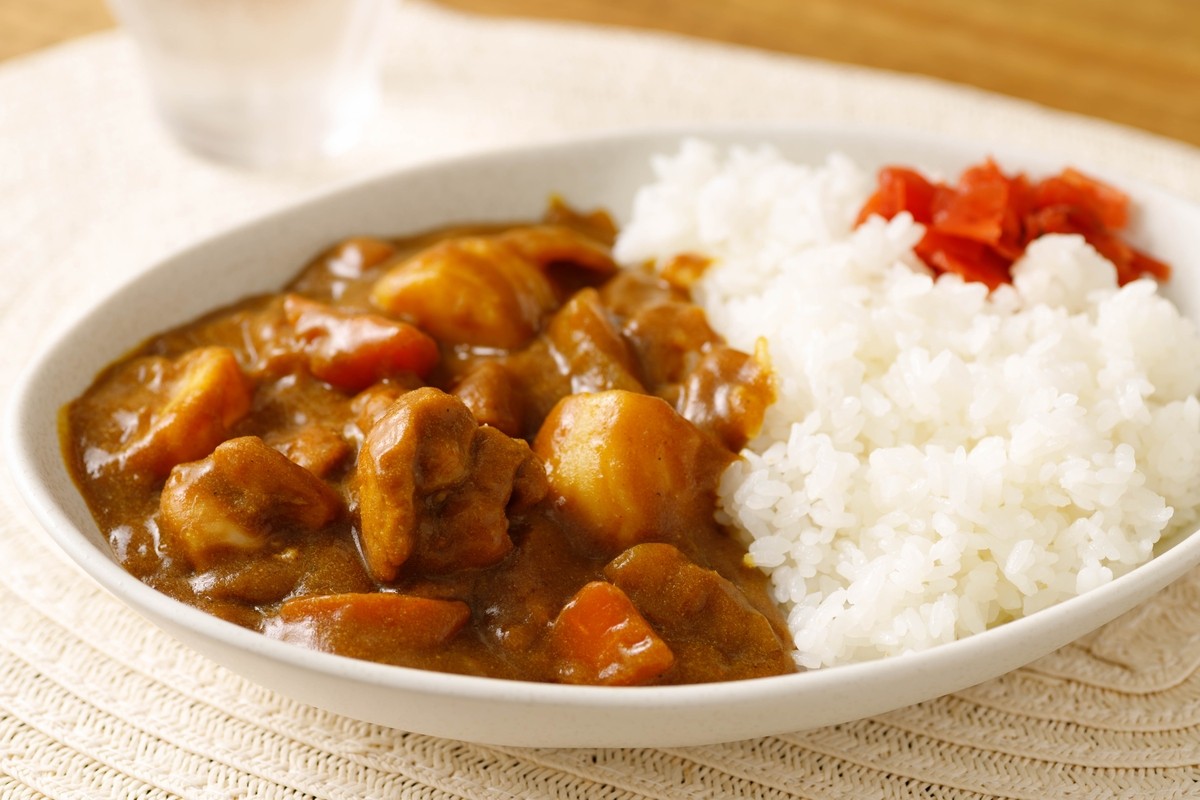
Curry is a familiar dish on Japanese dining tables and has become so popular that it can now be considered a national food. However, Japanese curry has actually evolved in a unique way that sets it apart from traditional Indian curry. In this article, we will explore the depth of Japanese curry, including its wide-ranging appeal, regional characteristics, and tips for making it even more delicious at home.
*If you purchase or book items introduced in this article, a portion of the proceeds may go to FUN! JAPAN.
The Unique Evolution of Japanese Curry
Japan curry is a curry that came from India and England and has been improved according to the taste and food culture of Japan, and has a wide range of characteristics.
Mild Flavor with Less Spiciness
One of the defining features of Japanese curry is its emphasis on sweetness and richness, rather than the spiciness typical of Indian curry. Fruits such as apples and honey are sometimes used, and especially for children, the flavor is made even milder.
Hearty and Satisfying with Plenty of Ingredients
Japan curry generally contains plenty of meat (pork, beef, chicken, etc.) and vegetables such as onions, potatoes, and carrots, making it a hearty dish with a good nutritional balance.
Uses a Flour-Based Curry Roux
A major characteristic of Japanese curry is its thickness, created by a curry roux that contains flour. This thickness helps the curry cling well to rice, provides a smooth texture, and adds body and richness. It also increases the satisfaction of the dish as a staple of home cooking.
Unique Japanese Curry Variations: Curry Bread, Curry Udon, Curry Hot Pot, and More

Curry in Japan is enjoyed not only with rice but has also become deeply integrated into Japanese food culture in many different forms.
- Curry Bread: Deep-fried bread filled with curry. Popular as an easy-to-eat savory pastry.
- Curry Udon: The harmonious blend of Japanese-style dashi and curry spices makes it a perfect match for udon noodles.
- Curry Hot Pot: A hot pot dish where meat and vegetables are simmered in curry-flavored soup. Perfect for sharing with family and friends around the table.
What Curry Toppings Do Japanese People Love?
Toppings are essential for curry rice. The ability to customize according to personal preferences, both at home and when dining out, is a characteristic of Japanese curry culture. According to a survey conducted by the information media "Sublogg" (*), the following toppings seem to be particularly popular:
* [Survey report] What is your favorite curry topping? “Cheese” Ranked No. 1!
[1st Place] Cheese: Increases Creaminess and Neutralizes Spiciness
Melted cheese neutralizes the spiciness and adds richness and creaminess. It's a staple topping, especially for children and those who don't like spicy food.
[2nd Place] Fukujinzuke (Pickled Vegetables): Crunchy and tangy pickles as a flavor accent
Fukujinzuke, strongly associated as curry's sidekick, ranks second. Its unique texture and sweet-sour taste add accent to the flavor and serve as a palate cleanser.
[3rd Place] Chicken Katsu / Tonkatsu (Breaded Pork Cutlet): Crispy Texture is Attractive
![[3rd Place] Chicken Katsu / Tonkatsu (Breaded Pork Cutlet): Crispy Texture is Attractive](https://content.fun-japan.jp/renewal-prod/cms/articles/content/shutterstock2270149639jpg_2025-05-23-05-30-05.jpg)
Deep-fried dishes with substantial volume are also strongly supported as popular toppings. The crispy texture of the breading and the juicy umami of the meat perfectly match the curry. This topping seems to be especially popular among men.
Other diverse toppings such as boiled eggs, fried onions, sausages, and pickled shallots (rakkyo) also enrich Japanese curry.
Japan’s Premier “Curry Town”— Jimbocho

While Jimbocho in Tokyo is widely known as a town of used bookstores, did you know it also has a strong reputation as Japan’s top curry town? This area, popular with students and office workers alike, has long been loved for its affordable and hearty curry dishes.
From Student Hub to Curry Sanctuary
Jimbocho has long flourished as a student area, with many shops offering cheap and filling curry for students. This laid the foundation for its later development as a "Curry Town".
Over 400 Curry Restaurants in the Kanda Area!
The Kanda area, including Jimbocho, boasts over 400 curry restaurants, ranging from long-established famous shops to up-and-coming establishments offering unique curries.
What is the "Kanda Curry Grand Prix" that Determines the No.1 Curry?
The "Kanda Curry Grand Prix", held every autumn, sees famous shops in the Kanda area competing, with visitors voting to decide the grand prize winner. The official website also publishes information on past award-winning shops, which might be useful for planning a curry shop tour.
Six Unique Local Curries Worth Trying on Your Travels
Throughout Japan, many regions have developed their own “local curry” by incorporating regional ingredients and culinary traditions. Here are six especially popular examples.
【Hokkaido】 Sapporo Soup Curry
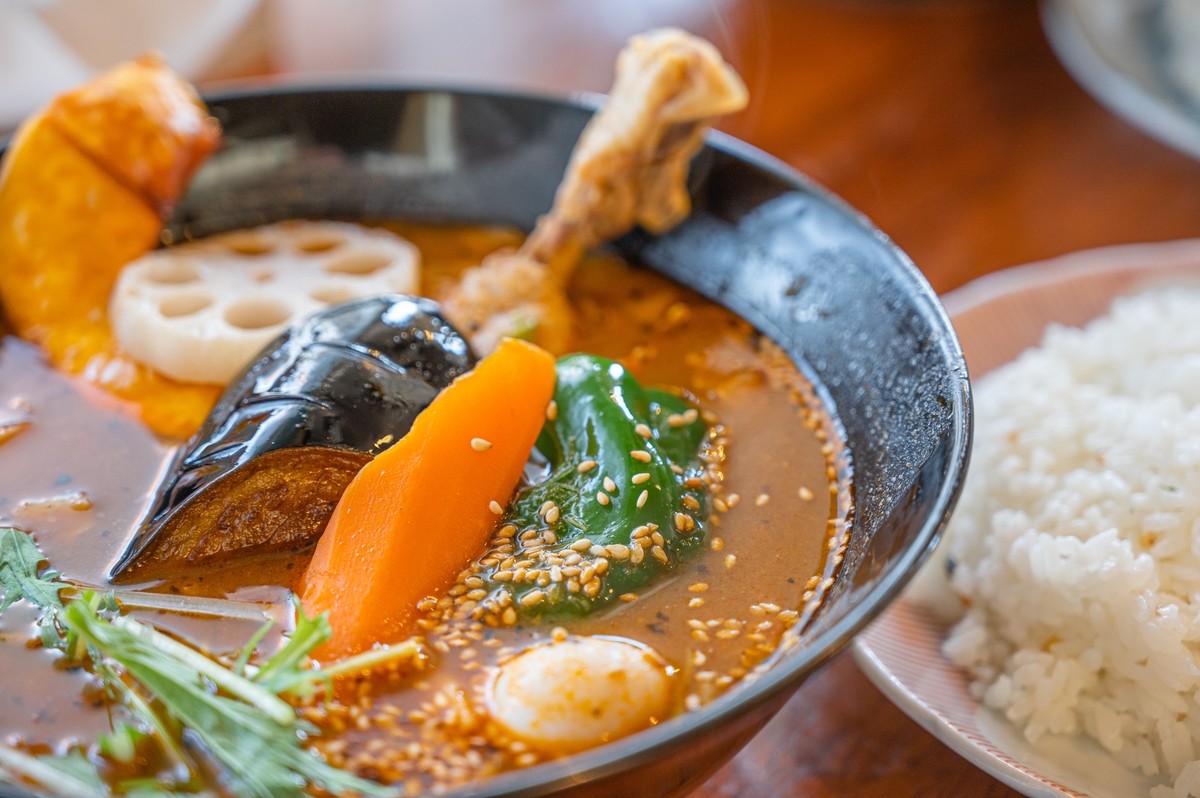
Originating in Sapporo, Hokkaido, soup curry is characterized by a thin soup and large, tender ingredients. Despite being spicy, it has a gentle flavor with the umami of vegetables. Unlike typical curry rice, it's usually eaten by dipping rice into the soup with a spoon.
👉 [Yahoo! Shopping] Buy a 4-serving set of Sapporo Soup Curry
【Hokkaido】 Furano Omu-Curry
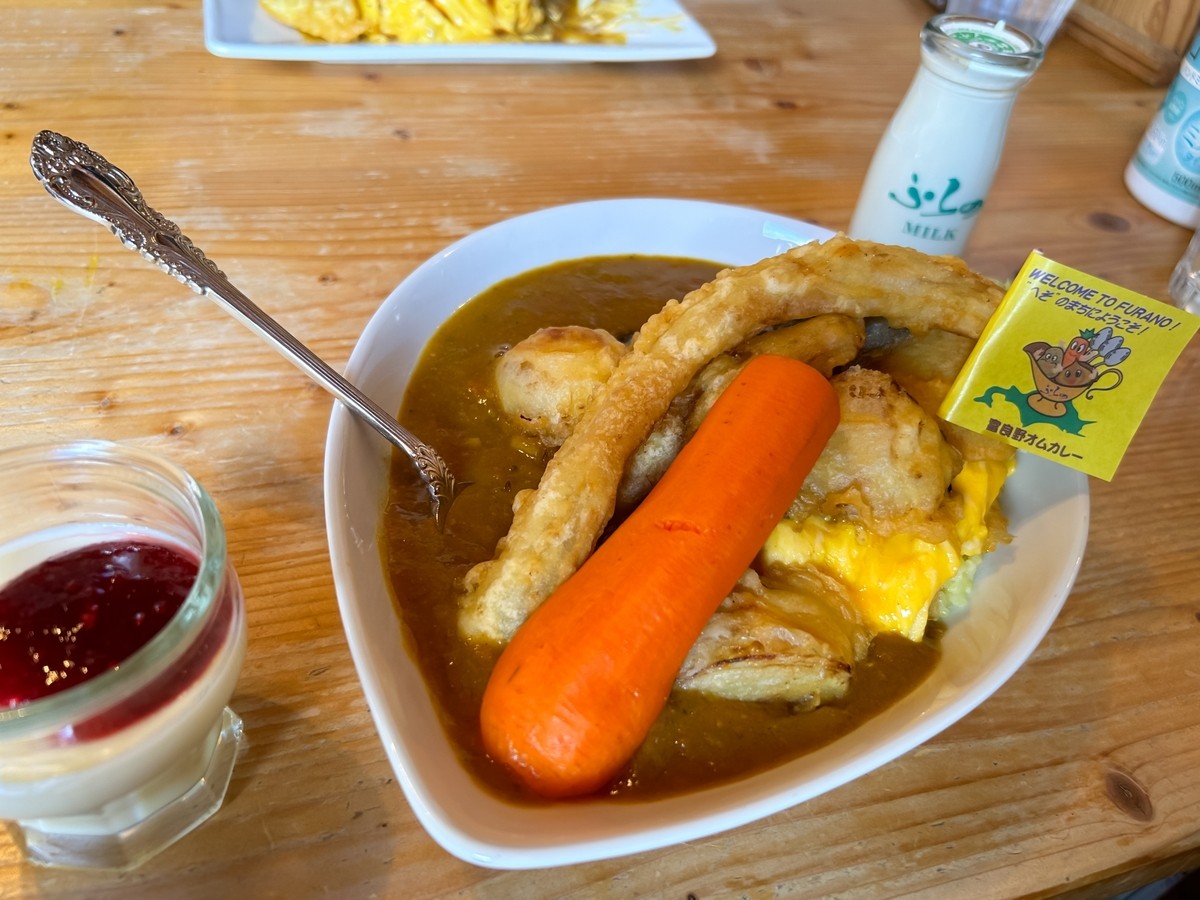
Another curry from Hokkaido, this dish combines curry with omelet rice (omurice). It uses local Furano ingredients such as rice, eggs, vegetables, and meat. The creamy omelet paired with rich curry makes it a favorite among both children and adults.
【Kanagawa】Yokosuka Kaigun (Navy) Curry
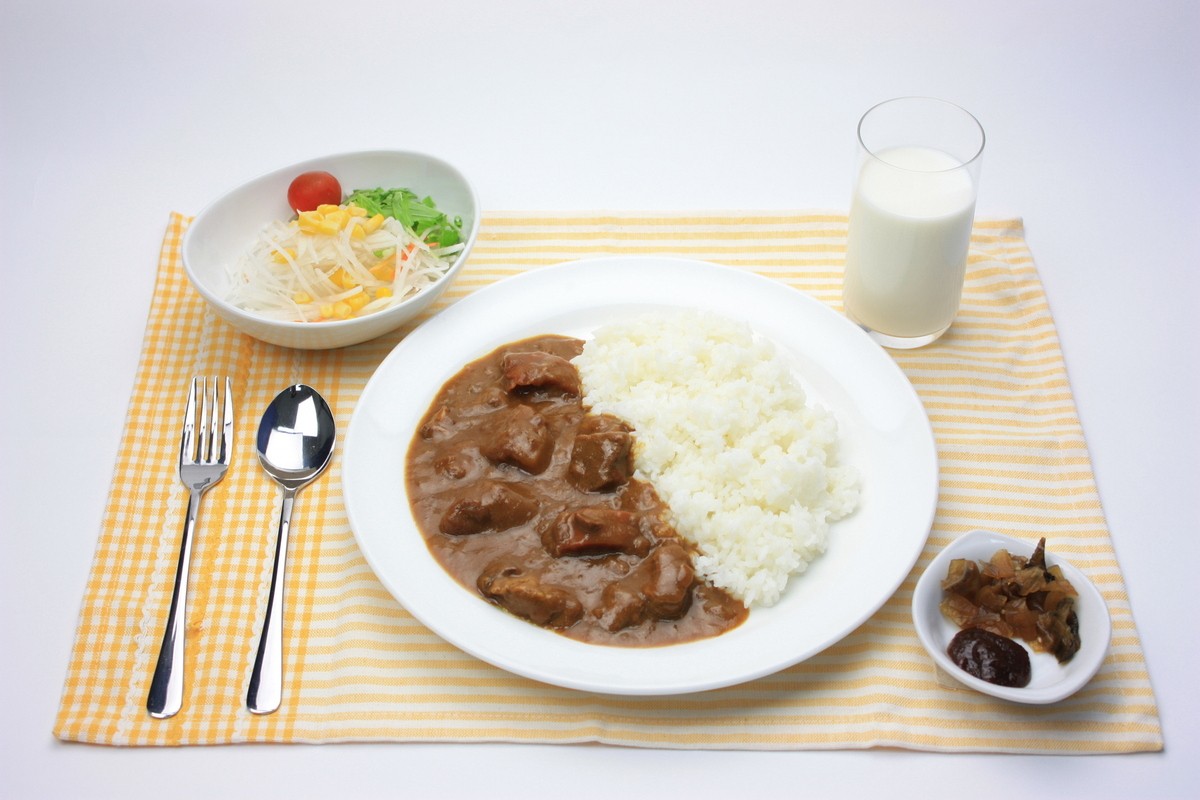
Local curry from Yokosuka City in Kanagawa Prefecture, this curry dates back to the Meiji era. It was inspired by the British Navy’s curry stew, developed to help prevent beriberi. The curry features a roux thickened with flour and contains meat and vegetables. It's traditionally served with milk and salad in what’s known as the “navy style.”
👉 [Yahoo! Shopping] Buy Yachiyo Yokosuka Navy Curry (Beef), 200g × 10-pack
【Ishikawa】Kanazawa Curry
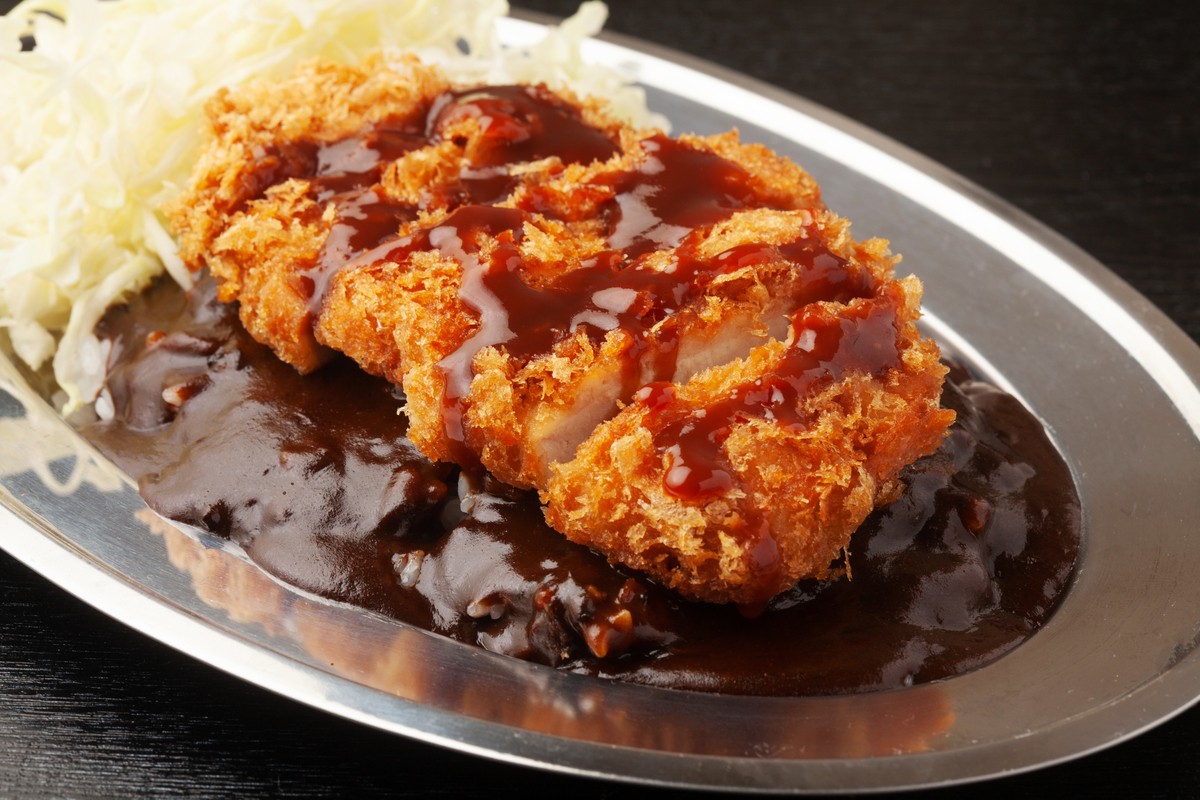
Kanazawa curry, which developed uniquely in Kanazawa City, Ishikawa Prefecture, is characterized by its rich, almost black roux. The standard style features a cutlet (usually pork) placed on top of the roux, completely covering the rice beneath. It is traditionally served with finely shredded cabbage on the side and eaten with a stainless-steel plate and a fork or a spork.
👉 [Yahoo! Shopping] Buy Champion Curry Medium-Spicy 180g × 10-Meal Set
【Yamanashi】Mt. Fuji Curry
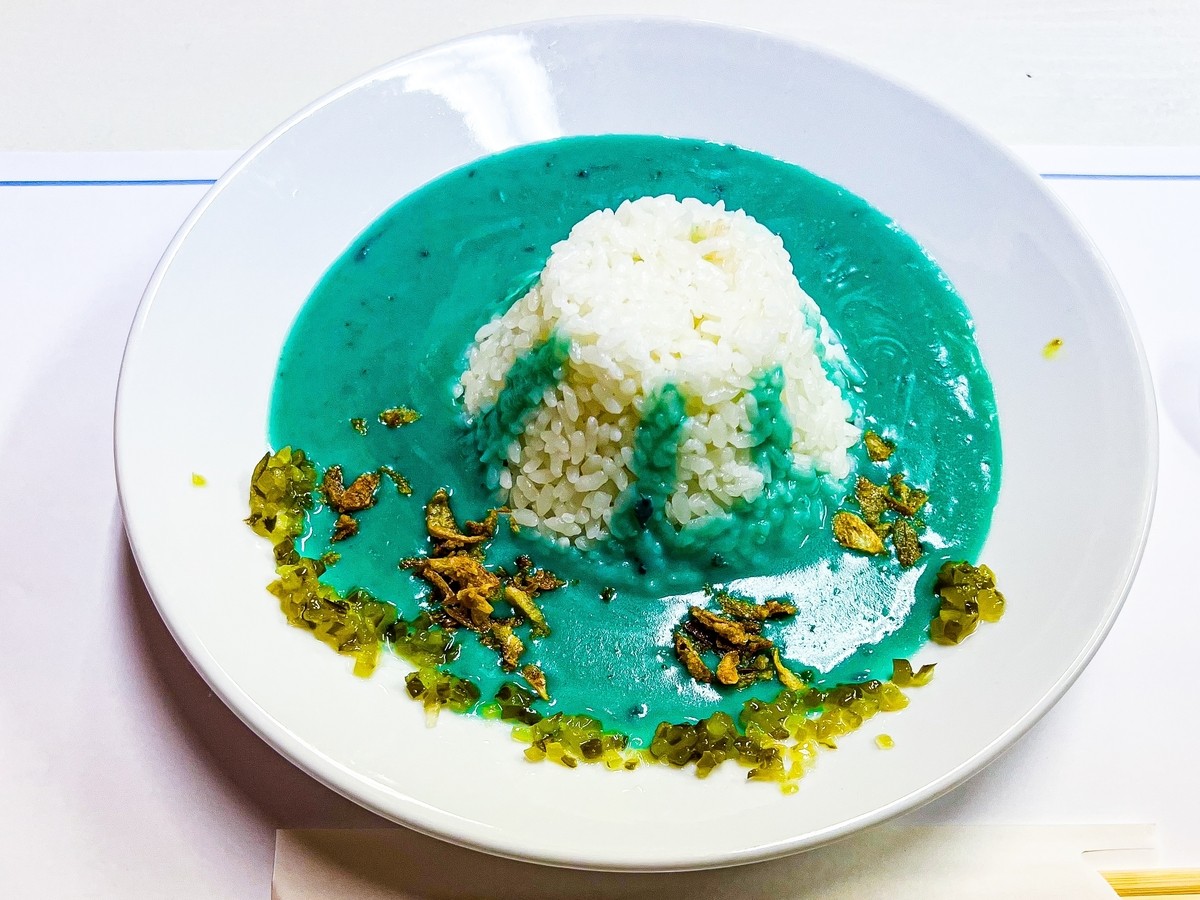
Mt. Fuji Curry is a local specialty served at a cafe inside the Mt. Fuji World Heritage Center in Yamanashi Prefecture. Made using food coloring to faithfully replicate the appearance of Mt. Fuji, this curry is not just visually striking but it also features a rich and complex flavor profile created by simmering coconut milk, dairy, chicken, and peach puree for over three hours.
👉 [Yahoo! Shopping] Buy Blue Mt. Fuji Curry (Set of 4)
【Fukuoka】Mojiko Yaki (Baked) Curry
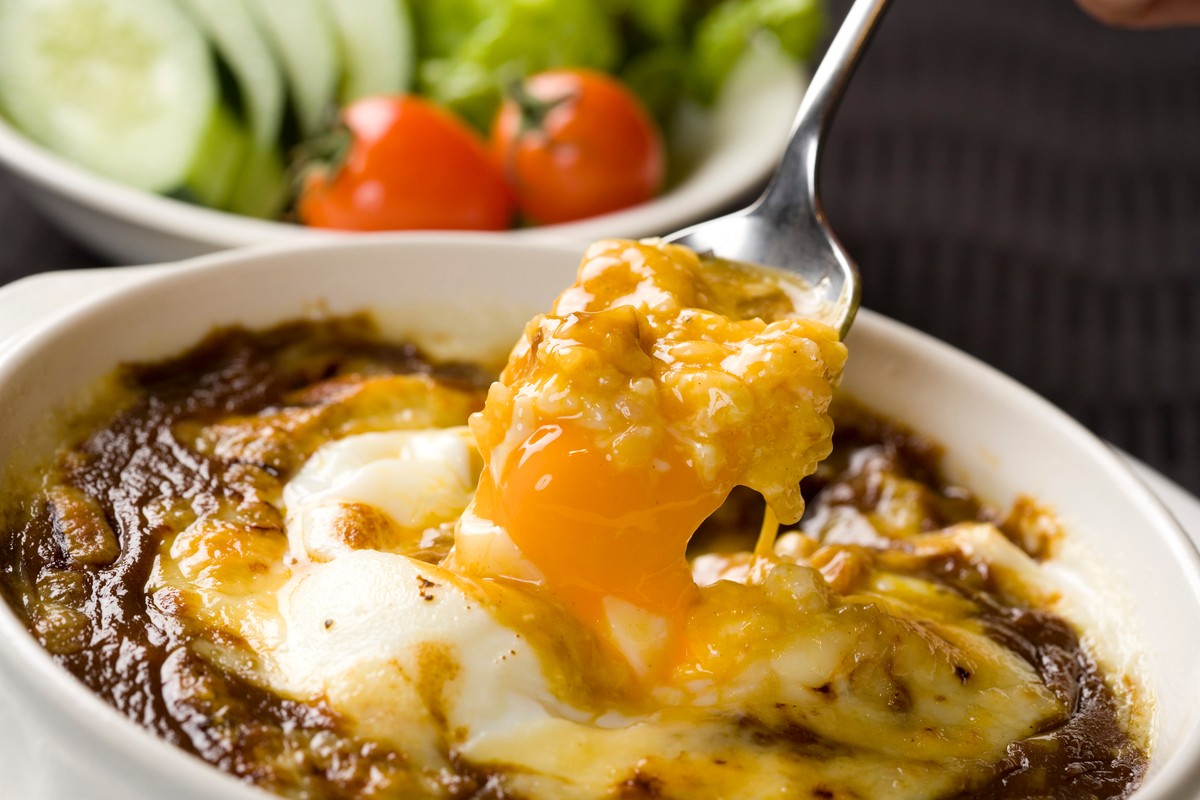
Mojiko Yaki Curry is a local dish from Mojiko in Kitakyushu City, Fukuoka Prefecture. It consists of rice topped with curry, cheese, and an egg, then baked to perfection. Said to have originated in a coffee shop in Mojiko in the 1950s, this piping-hot dish offers a comforting blend of savory cheese and a soft-cooked egg mingling with the curry. It is a nostalgic and heartwarming meal.
👉 [Yahoo! Shopping] Buy Mojiko Royal Baked Curry Medium-Spicy (Set of 6)
Make Your Home Curry Taste Like a Restaurant Dish! 5 Key Tips
Even homemade curry can taste like it came from a specialty shop with a few simple tricks. Here are five tips to elevate your home curry.
Add the roux after turning off the heat
When adding curry roux, it's best to turn off the heat first. This helps the roux dissolve more easily and prevents clumping. Once it’s completely melted, you can return it to the heat to achieve a smooth, velvety texture.
Add secret ingredients
While store-bought curry roux is delicious on its own, adding “secret” ingredients can enhance its depth and richness.
- Honey: Adds sweetness and richness, and mellows out the spiciness.
- Instant coffee: Adds bitterness and depth to the taste.
- Chocolate: Enhances richness and delivers a mellow, luxurious taste.
- Japanese soup stock base (dashi no moto): Adds Japanese-style umami, resulting in a deep flavor preferred by Japanese people.
Also, When using these secret ingredients, start with small amounts and adjust to taste as you go.
Thoroughly skim off scum
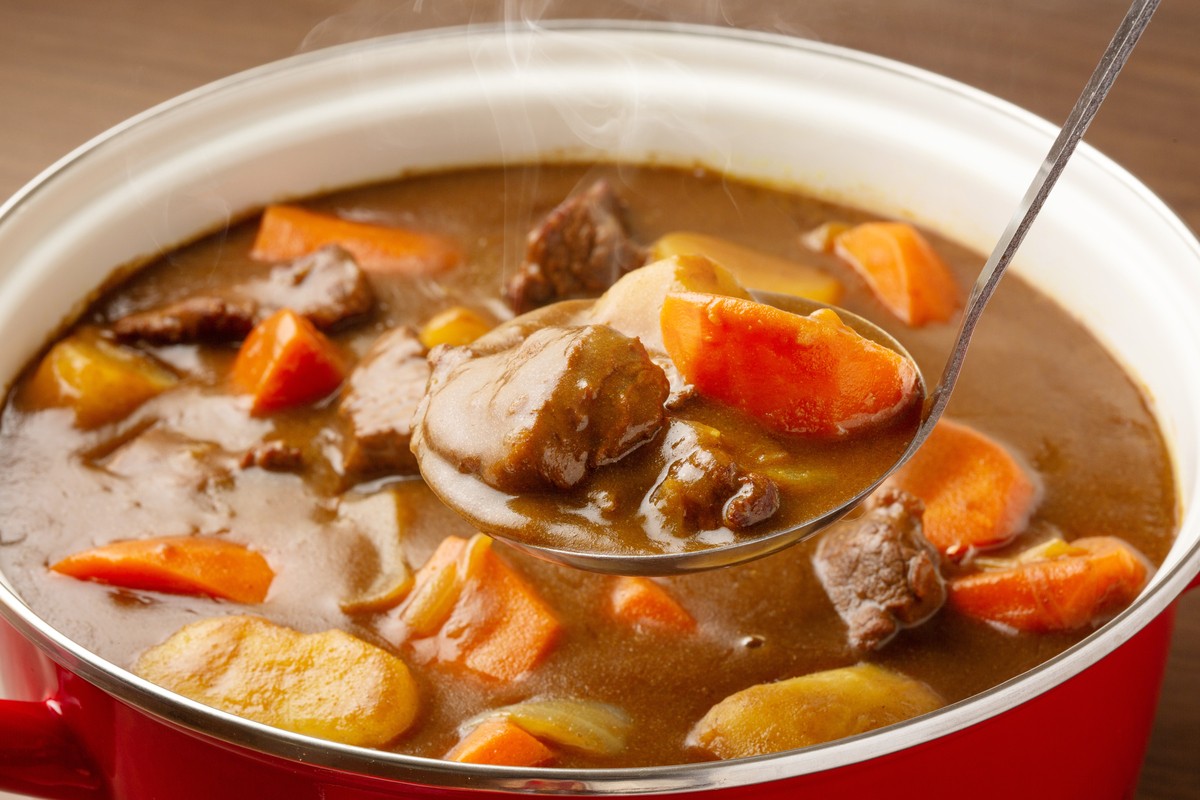
Skimming off the scum that forms during simmering removes unwanted flavors and results in a smoother, cleaner-tasting curry with a more refined finish.
Let it sit overnight
It is often said that “curry tastes better the next day.” That’s because allowing it to rest overnight helps the flavors meld together, enhancing richness and umami. The ingredients release their flavors into the roux, and the spices distribute more evenly, creating a more cohesive and complex taste.
Mixing different curry roux
By mixing different types of curry roux, you can create a richer, more complex flavor where depth and spiciness intertwine. For example, combining mild and medium-hot roux allows you to adjust the spiciness to your liking, and blending roux from different brands lets you experiment with deeper and more intricate tastes.
👉 [Yahoo! Shopping] Purchase Ohsawa Fragrant Spice Curry Roux Medium Hot 120g (Set of 10 Bags)
👉 [Yahoo! Shopping] Purchase Buffalo Brand Nostalgic Showa Era Curry Roux Mild 120g × 10 Bags
👉 [Yahoo! Shopping] Purchase Platinum Excellent Curry Roux 100g (Set of 5 Boxes)
Japan curry is not just a meal, but also a culture. As it continues to evolve, it will keep capturing the hearts and appetites of the Japanese people. Why not travel across the country in search of your favorite plate of curry?
